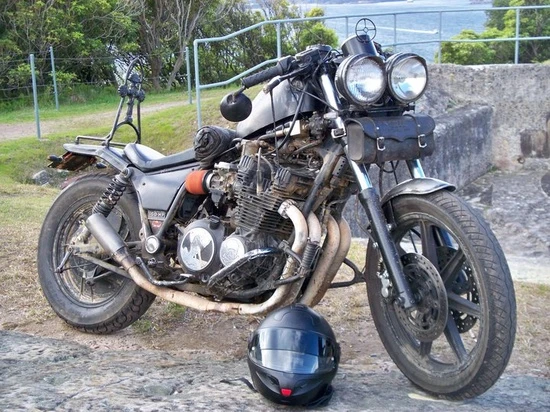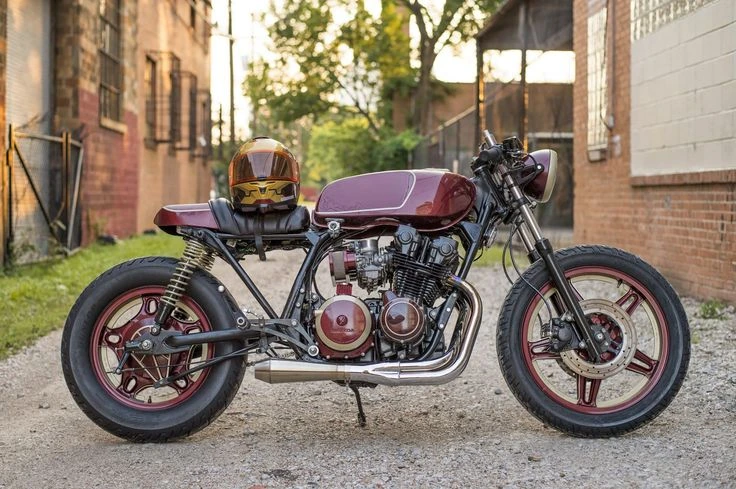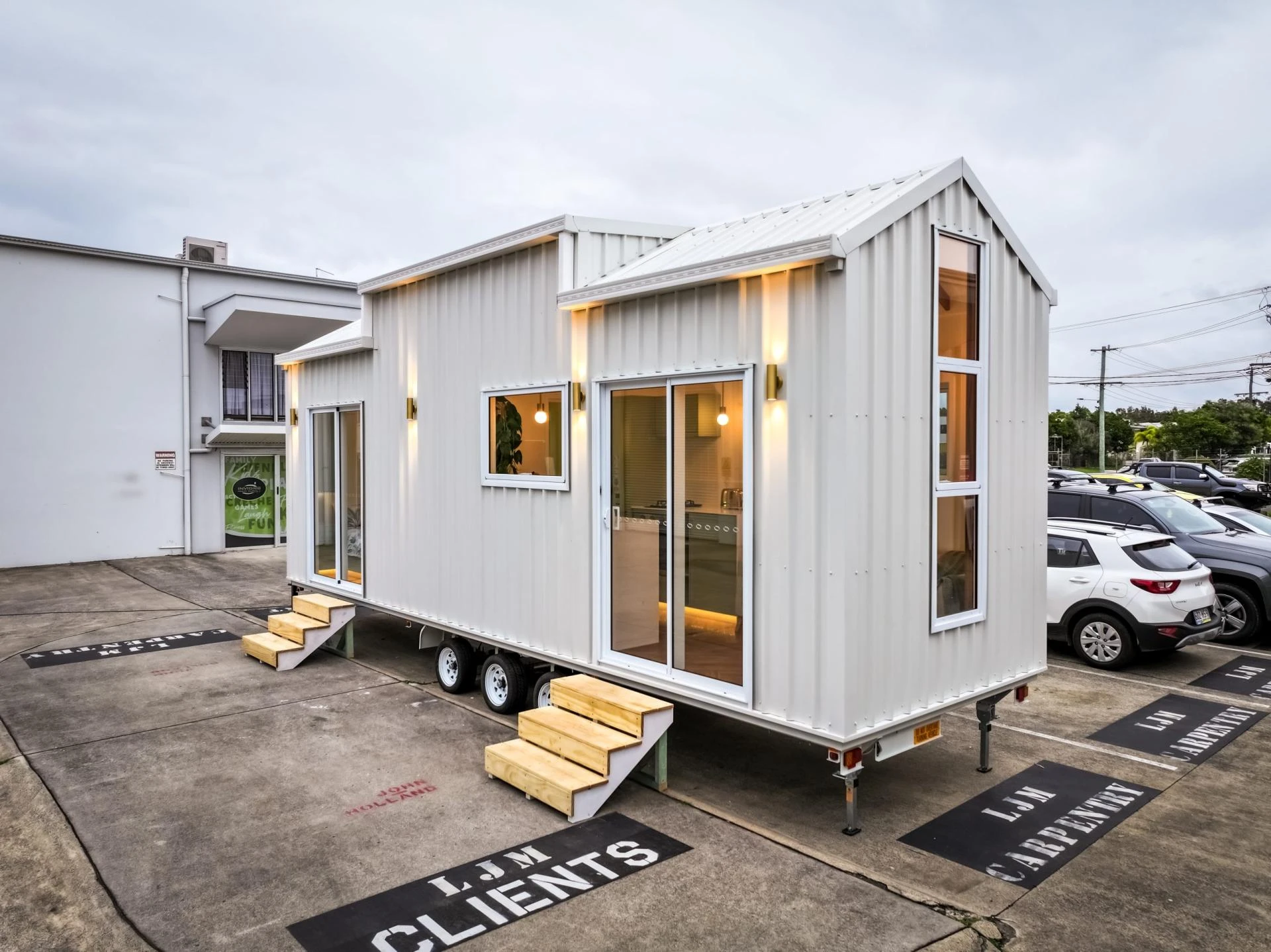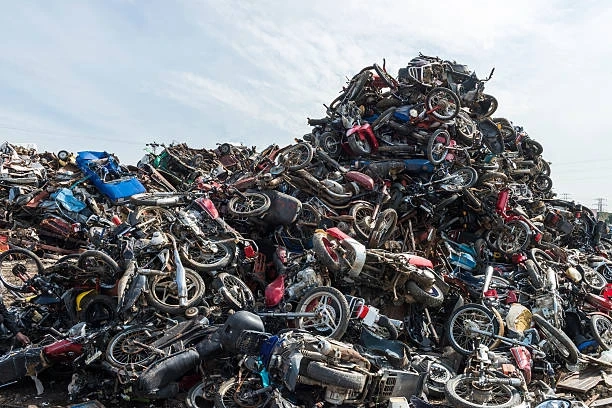Bicycles, like any other vehicle, can sustain damage over time or due to accidents. Whether it\'s a minor dent or a total wreck, the question often arises: what should you do with a wrecked bike? Here are ten heading points to guide you through the process of dealing with wrecked bikes..
1. Assess the Damage
Before deciding on the next steps, thoroughly assess the extent of the damage. Check for structural issues such as bent frames, broken spokes, damaged wheels, and malfunctioning brakes. Determine whether the bike can be repaired or if it\'s beyond salvage.
2. Consider Repair Options
If the bike is not too severely damaged, consider repairing it. Take it to a professional bike shop for a detailed evaluation. Experienced mechanics can provide a cost estimate for repairs, helping you decide whether it\'s worth fixing. Sometimes, even major damages can be repaired at a reasonable cost.

3. Salvage Usable Parts
In cases where the bike is beyond repair, consider salvaging usable parts. Components like the seat, handlebars, pedals, and gears can often be reused or sold. Carefully dismantle the bike and inspect each part for usability. Selling these parts can recoup some of your investment.
4. Recycle the Metal
Bicycles contain a significant amount of metal, which can be recycled. If the bike is beyond repair and you can\'t salvage any parts, take it to a local recycling center. Many centers accept metal scraps and will recycle the frame, ensuring it doesn\'t end up in a landfill.
5. Donate to a Bike Charity
If your bike is still in decent condition but you no longer want it, consider donating it to a bike charity. Many organizations refurbish old bikes and provide them to those in need. This can be a great way to give your bike a new life and help someone who might not be able to afford a new one.

6. Upcycle into Art or Furniture
For those who are creatively inclined, a wrecked bike can be an excellent source of material for upcycling projects. Turn the frame into a unique piece of furniture, such as a chair or table. Alternatively, use parts of the bike to create interesting art pieces or garden decorations.
7. Use as a Spare Parts Resource
Keep your wrecked bike as a resource for spare parts. If you own multiple bikes, having spare parts on hand can be very useful for future repairs. Even if a bike is beyond repair, individual components may still be in good condition and can be used to fix other bikes.
8. Sell for Scrap
If you\'re not interested in recycling the bike yourself, consider selling it for scrap. Many scrap metal dealers buy old bikes and recycle the metal. While you won\'t make a significant amount of money, it\'s an eco-friendly way to dispose of the bike and earn a little cash in the process.
9. Trade-In Programs
Some bike shops offer trade-in programs where you can exchange your old bike for a discount on a new one. This can be a convenient way to get rid of a wrecked bike and upgrade to a newer model. Check with local bike shops to see if they have any trade-in offers available.

10. Repurpose for Training or Parts Practice
If you\'re a cycling enthusiast or mechanic, use the wrecked bike for training purposes. Practice repairs and maintenance on the damaged bike to improve your skills. This can be particularly useful if you\'re learning to work on bikes and want a practice model that you don\'t mind making mistakes on.
Conclusion
Dealing with a wrecked motorcycle doesn\'t have to be a hassle. By assessing the damage, exploring repair options, salvaging parts, recycling, and considering creative uses, you can make the most out of a damaged bicycle. Whether you choose to repair, recycle, donate, or repurpose, there are many ways to give your wrecked bike a new lease on life.



